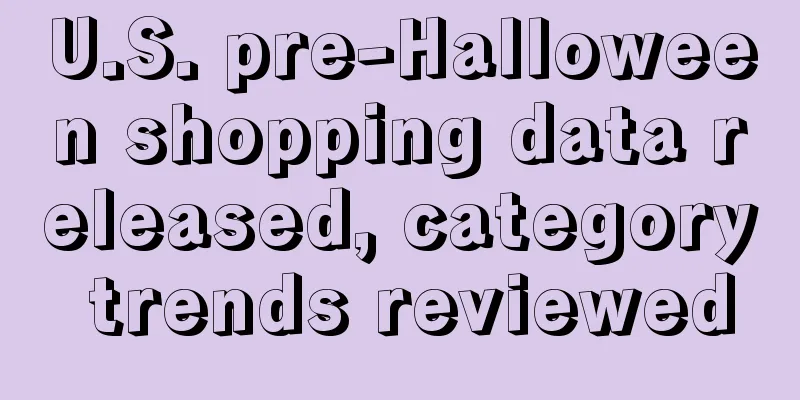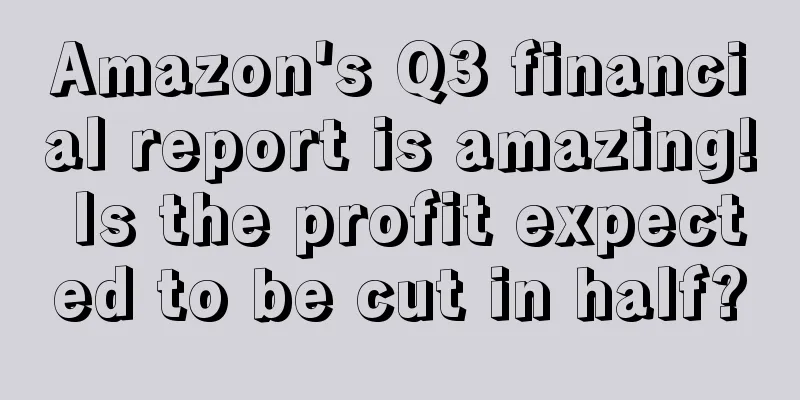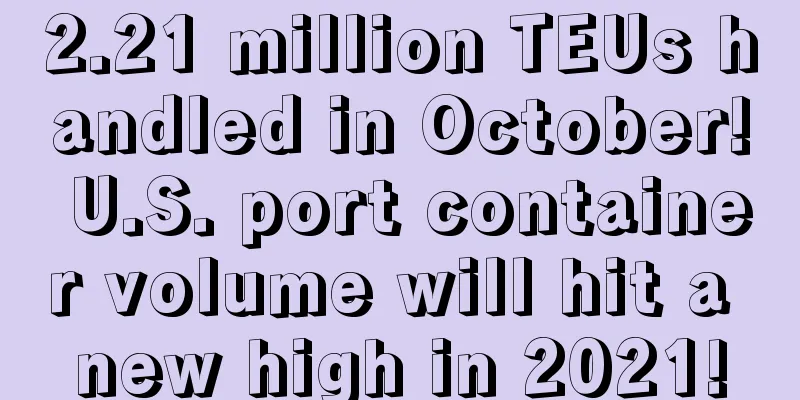U.S. pre-Halloween shopping data released, category trends reviewed

|
It is learned that recently, the research organization Grips tracked the shopping data of American consumers before Halloween, and analyzed the US Halloween shopping and category trends through changes in the Halloween Index, that is, spending on Halloween-related products, including costumes, decorations, party favors, etc.
Halloween shopping moves forward to August, peaking in October
According to the Grips report, sales of Halloween-related products began to show signs of rising in August. According to the Grips Halloween Index, August 20 was the last date when the index was below 100, indicating that Halloween shopping demand began to accelerate from this time.
On August 24, Starbucks launched the Pumpkin Spice Latte, and Halloween spending in the U.S. grew 23% year-on-year that week. Data shows that since the launch of the Pumpkin Spice Latte, Halloween spending in the U.S. has grown 112% year-on-year. The advent of Labor Day further boosted Halloween shopping, with spending during Labor Day week growing 19% year-on-year. However, the biggest increase by far occurred in the first week of October, when the Grips Halloween Spending Index jumped from an average of 206 in the last week of September to an average of 289 in the first week of October, a 34% week-over-week increase. Spending on Halloween, October 1, was up 26% from the week before.
On October 17, Grips’ Halloween index reached nearly 400, nearly five times what it was on July 30. Halloween spending has grown so fast that spending in the first two weeks of October has already surpassed spending in the last three weeks of September, and there are still two weeks until Halloween.
Category trend analysis, with a focus on womenswear and childrenswear
Costumes and candies are usually the most in-demand categories during Halloween. When it comes to purchasing Halloween costumes, comprehensive e-commerce platforms such as Amazon and Walmart may have an advantage over vertical brand websites.
Data shows that in September, the online sales of clothing in the United States were about 81 million US dollars, a year-on-year increase of 4.1%, of which Amazon accounted for 24%, the largest share, SpiritHalloween, Etsy and PartyCity each accounted for 8%, and Walmart accounted for 7%. In addition, the market share of brands such as SpiritHalloween and PartyCity declined, while the clothing sales share of Amazon, Etsy and Walmart increased by 15% to 18%. Meanwhile, Halloween costumes and clothing brands have significantly higher prices. For example, retailers such as EZCosplay and Romwe posted average prices of more than $100 for costumes, while Etsy and SpiritHalloween posted average prices of $35 and $34, respectively. In comparison, Amazon's average price for costumes is only $16, and Shein's average price for costumes is only $7.60.
In terms of sub-categories, Grips' data shows that this year's clothing category trends are different from last year, and merchants and brands may need to make some strategic adjustments.
First, the sales of sexy clothing (i.e. clothing with the word "sexy" in the product name) declined, with sales in August down 17% year-on-year. And looking at the sales data for the whole year, the sexy clothing index in October is at its lowest point of the year, and the index in other time periods is more than 50% higher. However, sales of children's clothing and women's clothing show great growth potential. According to Grips data, in August, the share of children's clothing in clothing sales increased to 18%, which can be inferred to be the first group to buy Halloween costumes. Women's clothing sales also increased in September. Therefore, merchants can focus on promoting women's and children's clothing categories first, and men's clothing can be promoted later.
In the candy category, Grips reports that sugar-free candy has reached an all-time high as a share of total candy revenue. In August 2023, 3% of U.S. candy e-commerce sales were sugar-free varieties, a 15% year-over-year increase.
Editor✎ Ashley/ Disclaimer: This article is copyrighted and may not be reproduced without permission. |
<<: 90% of Americans will buy holiday gifts, with TikTok being the main source of inspiration
>>: Overstock announced that it will officially change its name to Beyond on November 6
Recommend
Collection | Share the practical tutorial of creating a shipment without warehouse division (detailed steps)
Share the practical tutorial of creating a shipmen...
What is Wisperyun? Wisperyun Review
Founded in Guangzhou in 1995, Weishipeiyun Group h...
2023 American Online Shopping Survey Report: How Big is Amazon's Influence?
It is learned that recently, Power of Reviews rele...
What is Rongsheng Overseas Warehouse? Rongsheng Overseas Warehouse Review
Rongsheng Overseas Warehouse (Shenzhen Rongsheng S...
What is Chollometro? Chollometro Review
Created in November 2017, Chollometro is a Spanish...
What is Shopee Fans? Shopee Fans Review
Shopee Fans is a Shopee operation tool and a plug-...
Walmart's distribution centers are implementing automation technology, the first pilot in Canada!
It is learned that on March 21, according to forei...
Amazon account transfer change process and account transaction precautions
First, let’s summarize the pitfalls that seniors ...
Climate Friendly Program Update! New Options for Product Exposure Growth
Amazon has updated its Climate Friendly Program in...
Breaking news! Qantas announces suspension of flights to mainland China, please be aware if you are flying with these airlines
When the World Health Organization (WHO) announced...
Here is a guide on how to calculate Amazon conversion rate and how to optimize it!
As an Amazon seller, while it is important to foc...
Christmas Infringement Product Album: Christmas Light Strings!
There are many patents for light strings. Althoug...
Sales plummeted, riots continued, in addition to the election, you should also pay attention to these things
Since the US election officially began on November...
What is Add both to cart? Add both to cart review
Add both to cart is a marketing method used by Ama...









